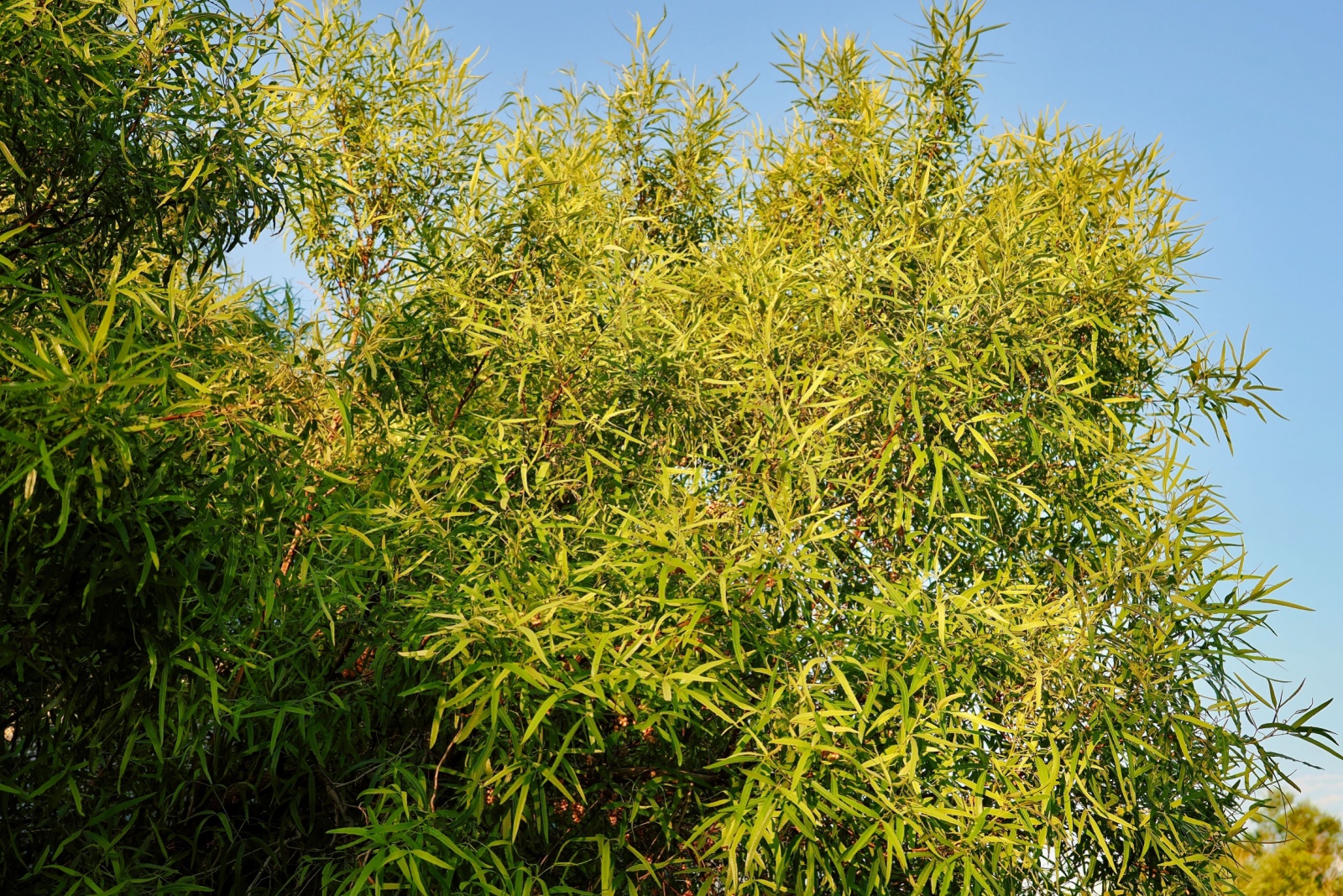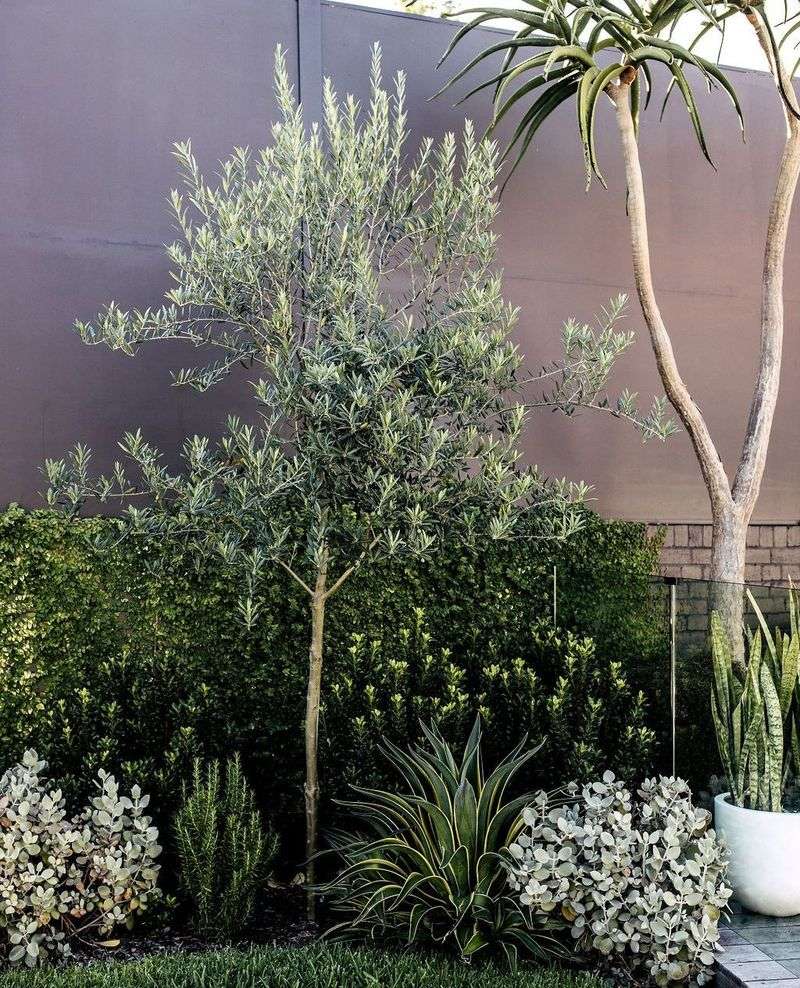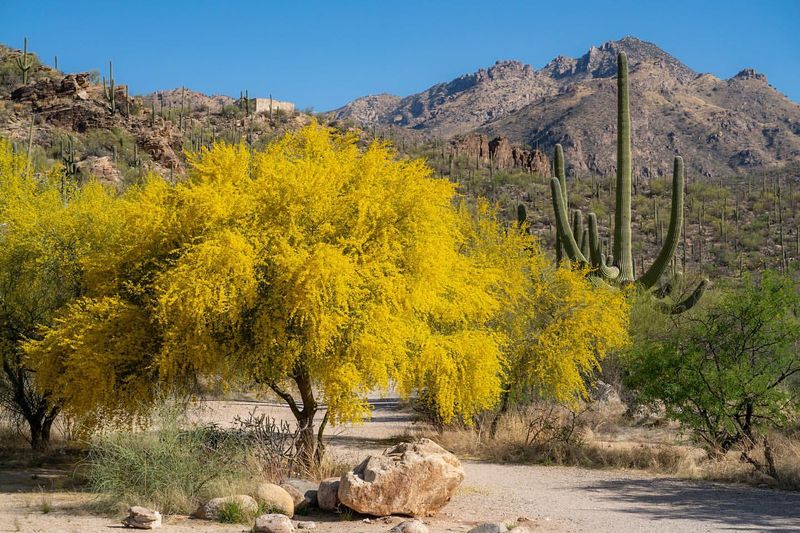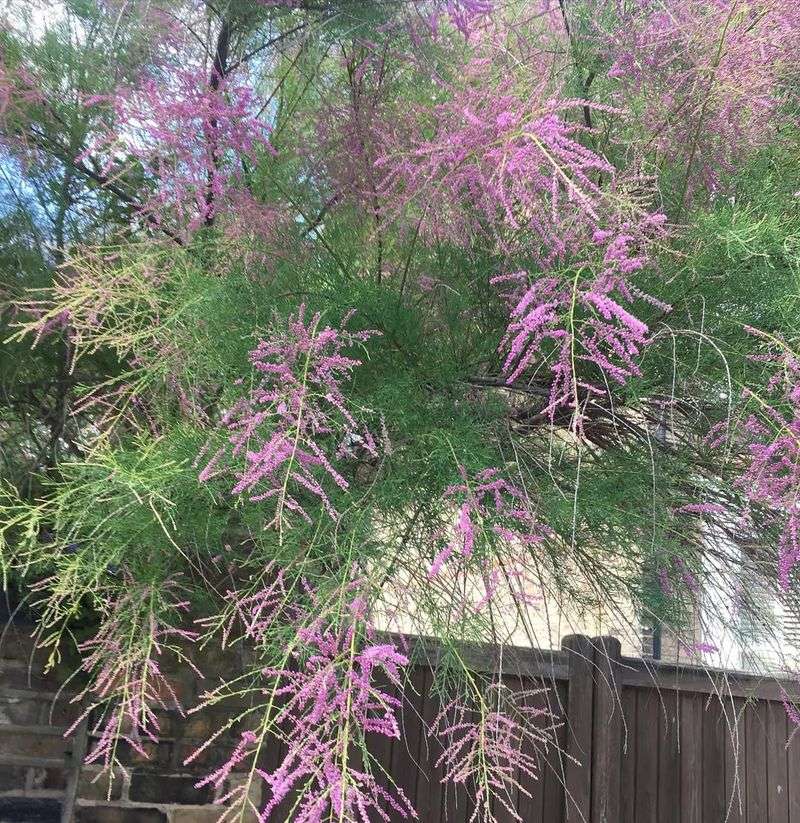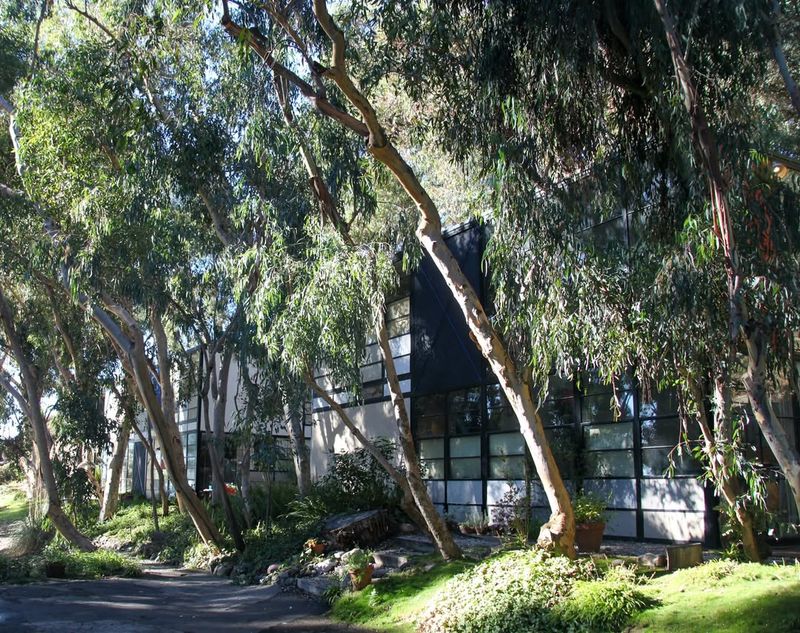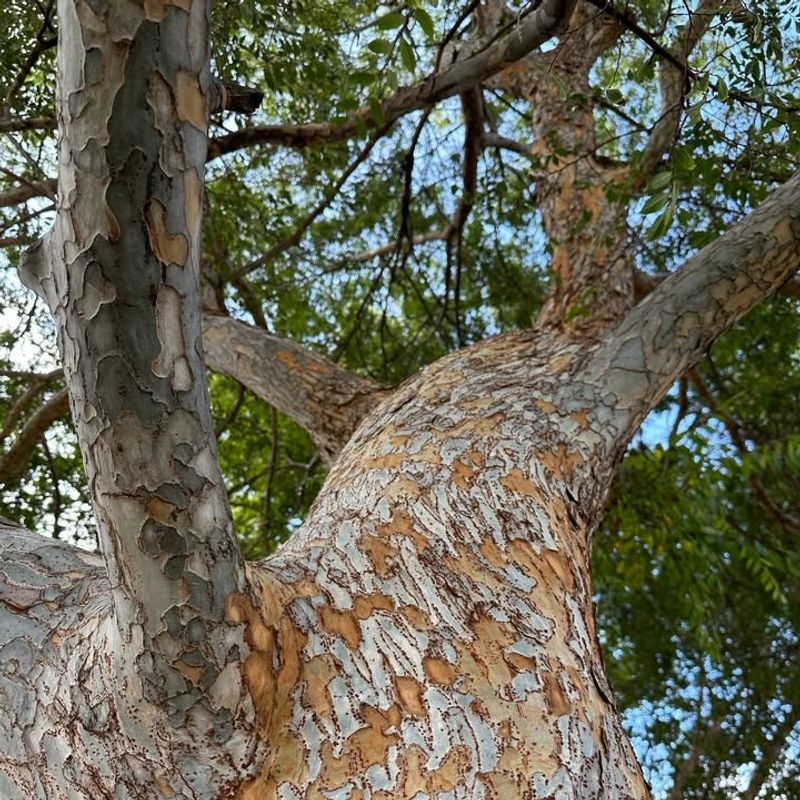You may not think twice about a tree growing quietly in your yard — but depending on the species, it could be breaking the rules. Arizona takes invasive trees seriously, especially those that disrupt native habitats or threaten water supplies.
That means certain trees are more than just an eyesore — they could be a legal issue. These are 9 trees that homeowners are expected to remove before they become a bigger problem.
1. African Sumac
Pollen from African Sumac trees causes severe allergic reactions for many Arizona residents. Cities like Phoenix have started regulating these trees due to public health concerns.
Property owners may face fines if their African Sumac trees aren’t properly maintained during pollination season. The tree’s widespread pollen distribution affects entire neighborhoods, making it a community issue rather than just a personal choice.
Regular pruning and monitoring help reduce problems, but some municipalities require complete removal in certain zones.
2. Mulberry Trees
Male mulberry trees produce enormous amounts of pollen that trigger respiratory problems across Arizona communities. Many cities have banned planting new mulberry trees and require removal of existing ones in specific situations.
Homeowners can face substantial fines if their mulberry trees violate local ordinances. The berries from female trees also create messy situations that damage sidewalks and driveways.
Check your local regulations carefully, as enforcement varies by municipality and neighborhood.
3. Olive Trees
Despite their beauty, olive trees rank among the worst pollen producers in Arizona. Their springtime pollen clouds cause allergy misery for countless residents throughout the state.
Several Arizona cities prohibit planting fruit-bearing olive trees due to these health impacts. Violations can result in mandatory removal orders and daily fines until compliance.
Fruitless varieties offer alternatives, but even these may face restrictions in certain areas where any olive species is banned.
4. Palo Verde Trees (When Dead)
While living palo verde trees are Arizona’s state tree, dead ones become serious safety hazards. Brittle branches can fall without warning, threatening people, vehicles, and structures below.
Most Arizona municipalities require prompt removal of dead or dying trees from residential properties. Homeowners who ignore removal notices face escalating fines and potential liability for any damage caused.
Regular inspections help catch problems early before trees become dangerous and legally problematic for property owners.
5. Brazilian Pepper Tree
Classified as an invasive species, Brazilian pepper trees spread aggressively throughout Arizona ecosystems. Their rapid growth crowds out native plants and disrupts local wildlife habitats significantly.
Environmental protection laws in various Arizona counties mandate removal of these invasive trees. Fines increase dramatically for property owners who allow them to produce seeds and spread.
The tree’s sap can also cause skin irritation, adding health concerns to environmental ones that justify strict regulations.
6. Tree Of Heaven
This invasive species earned its name from rapid growth, but it’s actually a nightmare for Arizona property owners. Roots damage foundations, plumbing, and sidewalks while spreading aggressively underground.
Many Arizona jurisdictions classify Tree of Heaven as a noxious weed requiring immediate removal. Daily fines accumulate quickly for homeowners who don’t comply with removal orders promptly.
The tree’s unpleasant odor and tendency to release growth-inhibiting chemicals make it particularly unwelcome in residential neighborhoods.
7. Salt Cedar (Tamarisk)
Salt cedar trees consume massive amounts of water, making them environmental villains in drought-prone Arizona. A single tree can drain hundreds of gallons daily from already-stressed water sources.
State and local regulations often require removal of tamarisk trees, especially near waterways and desert washes. Fines for non-compliance can be substantial, particularly when trees threaten public water resources.
Their invasive nature and water consumption make them legally problematic across most Arizona communities and counties.
8. Eucalyptus Trees
Eucalyptus trees contain highly flammable oils that make them serious fire hazards in Arizona’s dry climate. Falling bark and branches create additional fuel for wildfires near homes.
Fire safety ordinances in many Arizona communities restrict or prohibit eucalyptus trees in residential zones. Property owners may receive mandatory removal orders, especially in high-risk wildfire areas.
The combination of fire danger and aggressive root systems that damage infrastructure makes these trees legally troublesome for homeowners.
9. Chinese Elm (Diseased)
Healthy Chinese elms are common in Arizona, but diseased ones must be addressed quickly. Dutch elm disease and other pathogens can spread rapidly to neighboring trees throughout entire neighborhoods.
Municipal codes typically require removal of diseased elms within specific timeframes to prevent epidemic spread. Homeowners face mounting fines for each day they delay after receiving official notice.
Early detection and prompt action protect both your wallet and your neighborhood’s tree canopy from devastating disease outbreaks.

